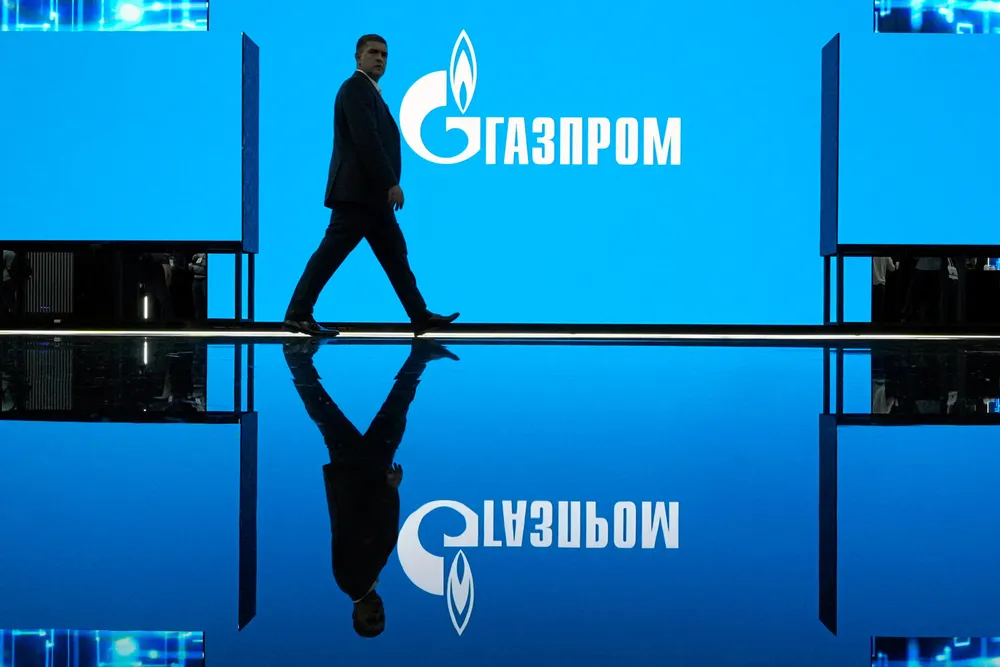Gazprom starts feeling the heat as Europe prepares for winter
Russian gas giant has relied on record high gas prices to offset operational losses, but headwinds increase

Russian gas giant has relied on record high gas prices to offset operational losses, but headwinds increase
